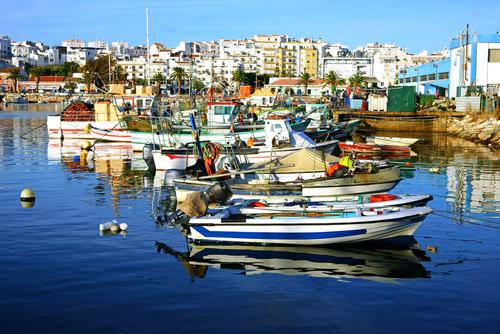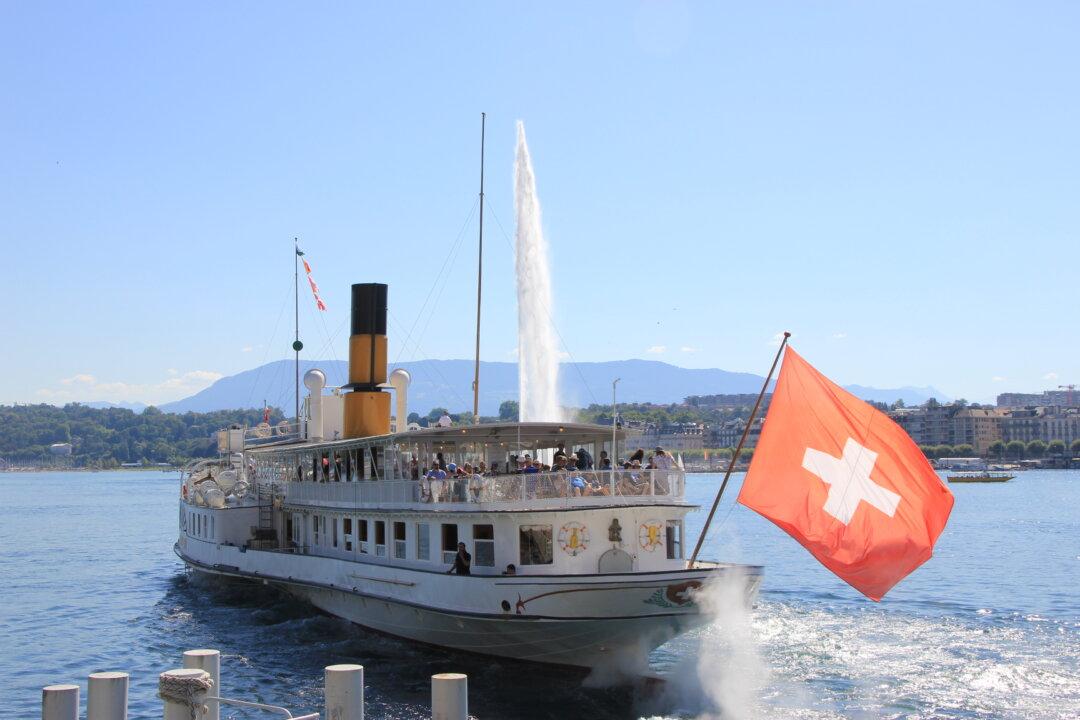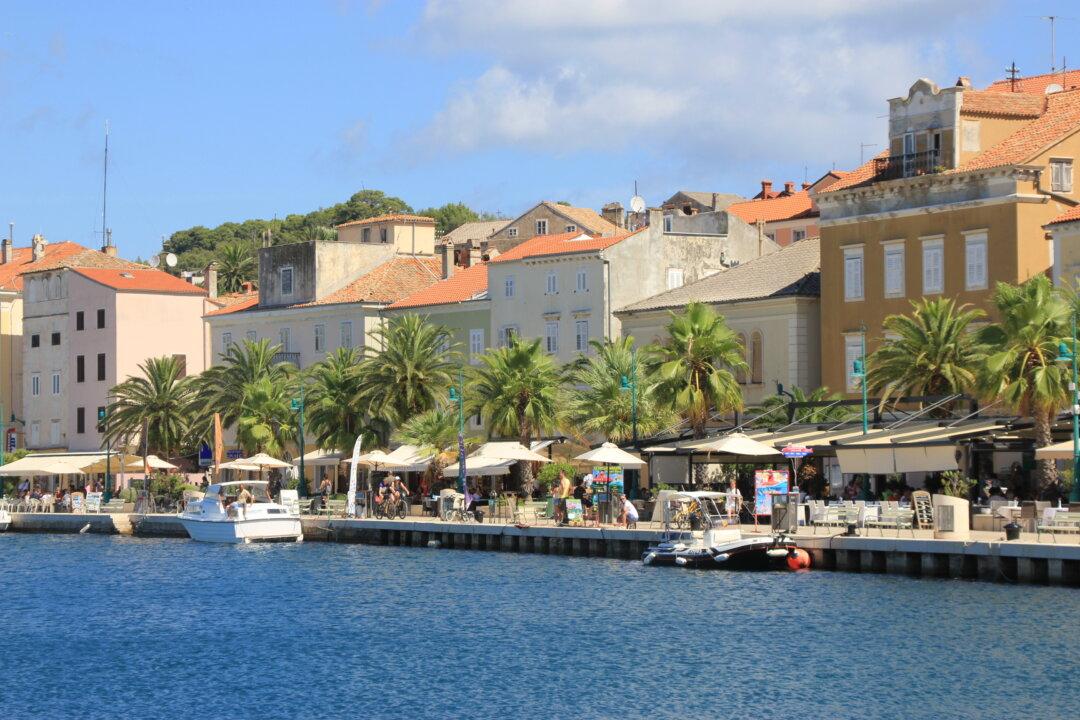The Algarve’s natural and cultural diversity is undoubtedly one of its greatest riches. Visitors to this southern region of Portugal can easily pass through different environments within the same landscape. From coastal regions to the Algarvian Mountains, from fishing villages to resort towns, there is a whole world of diversity to be explored and just as many different ways to do so.
It was hard to choose where to base myself initially, but the aspect of experiencing life in a working, bustling fishing center made my heart set for Olhão, a coastal town with a population of 45,000 in Faro, about 20 minutes’ drive east from the main airport of the Algarve region.





